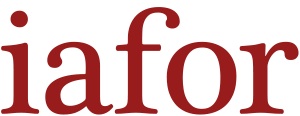Title: The Relationship Between Concept and Medium in Site-specific Art
Stream: Interdisciplinary Art and Design Projects
Presentation Type: Live-Stream Presentation
Authors:
Seda Ozen Tanyildizi, Izmir University of Economics, Turkey
Abstract:
As site-specific art emerged as a form of criticism of galleries and museums in 1960s, political concepts became the starting point for its evaluation and interpretation. (O’Doherty, 1999: 87-108) In this period, both critical artworks practiced in institutional gallery or museum spaces and the installations produced in public spaces have ensured the questioning of the relationship between art and its location from many aspects. In order to convey such a criticism, artists used site as a tool within the concepts focused on institutional criticism. Thereby, art, which was considered as objects within a "white cube" until that point, has been rescued from the museum context and regarded separately from institutional buildings.
Together with free-market policies which emerged in the period of the Reagan and Thatcher governments in the 1980s, companies in the United States and Britain began to dominate high culture; art started to serve as private capital within the issue of 'art in architecture', and site-specific art began to be discussed through new concepts. (Wu, 2002: 1-6) New suggestions and strategies introduced by artists regarding site were followed by commercial galleries, which has led to the re-institutionalization of this process by art galleries and some organizations belonging to the state (arts funding, competitions, etc.). (Greenberg, 2005: 246- 259)
This study examines the relationship between concept and medium in site-specific art considering the process of re-institutionalization.
Conference Comments & Feedback
Place a comment using your LinkedIn profileShare this Presentation





Comments
Powered by WP LinkPress